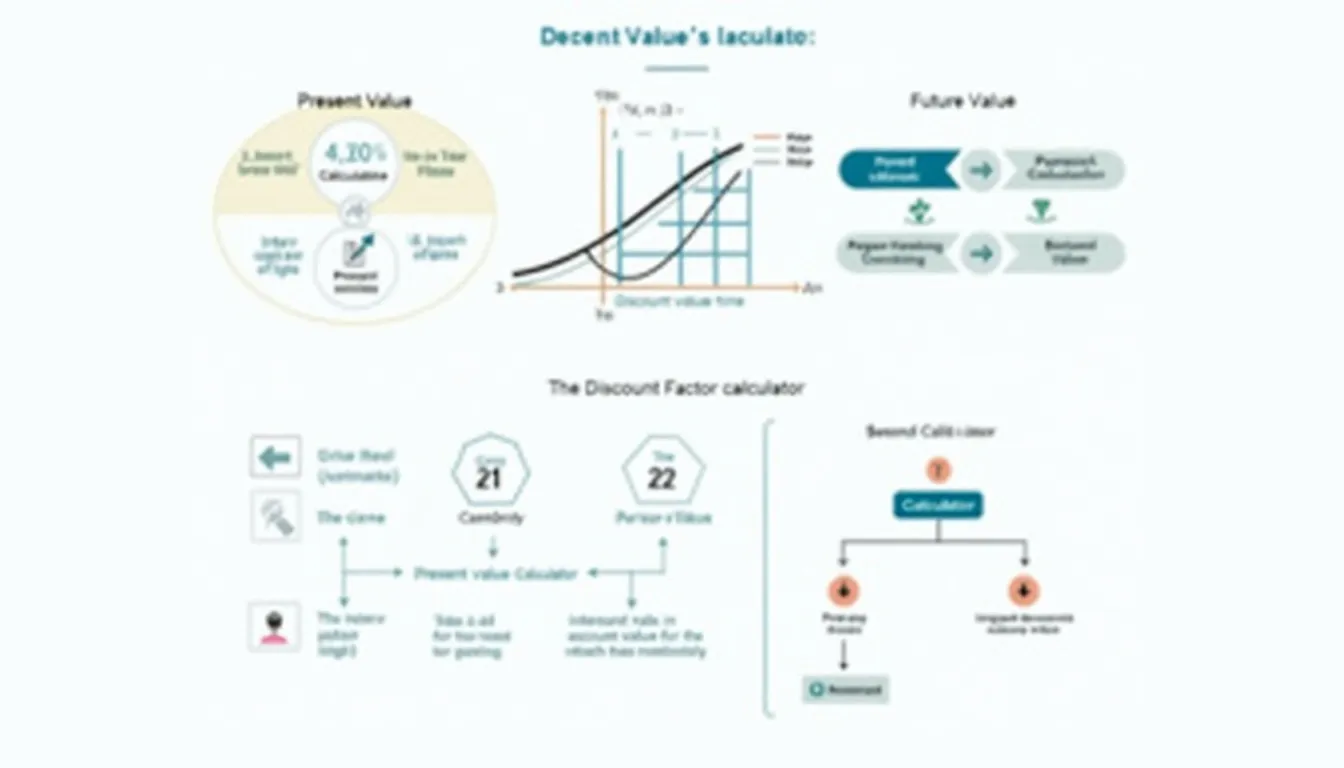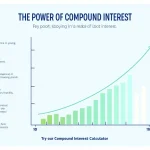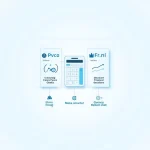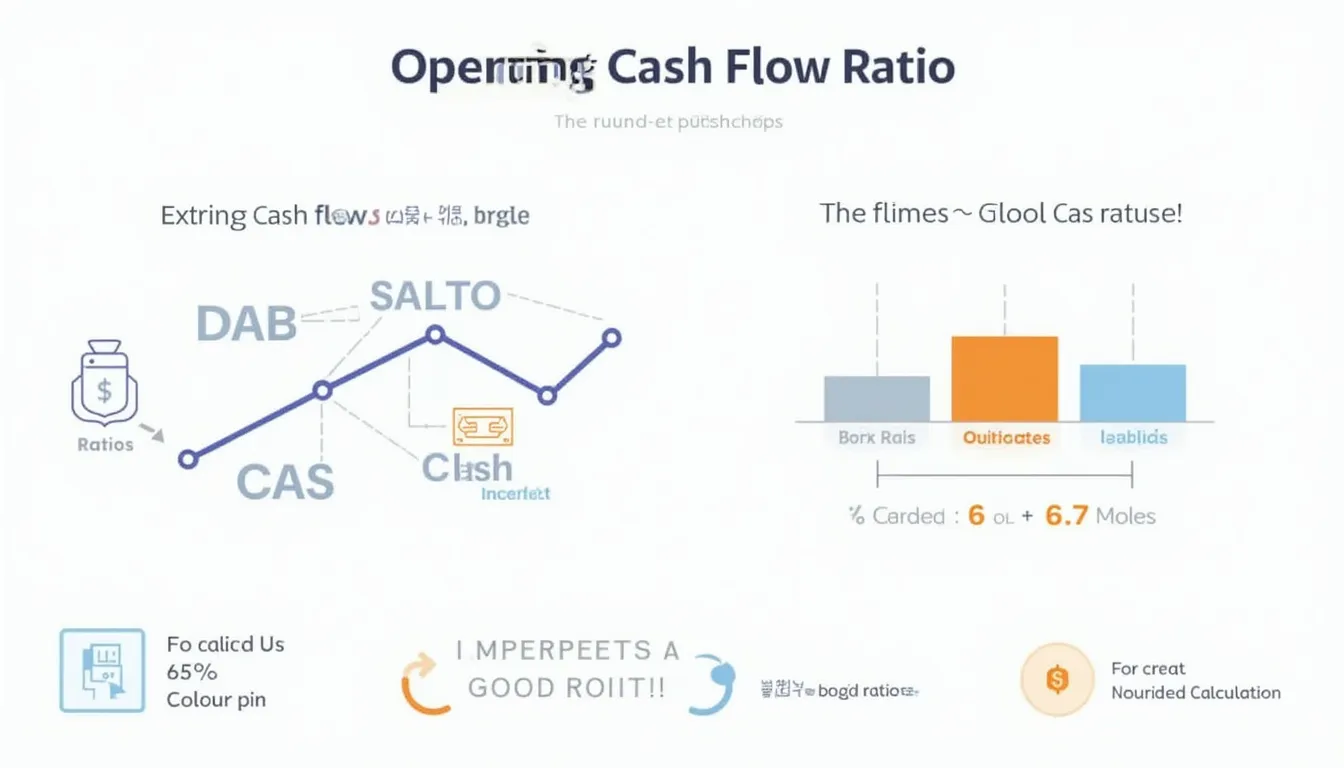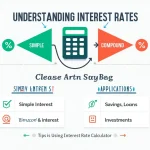Discount Factor Calculator
Is this tool helpful?
How to use the tool
- Interest rate (%): type the annual discount rate.
Example A: 7 %
Example B: 2.3 % - Time period (days): enter the exact day count.
Example A: 540 days (≈1.48 years)
Example B: 1 460 days (≈4 years) - Future value: add the cash flow you expect.
Example A: $12 500
Example B: $30 000 - Calculation type: choose Simple, Compound, or Continuous compounding.
- Press Calculate; the page shows Discount Factor and Present Value.
Example calculations
- Compound interest: 7 %, 540 days, $12 500 ⇒ $$ DF=\frac{1}{(1+0.07)^{540/365}}=0.9284 $$ Present value = $12 500 × 0.9284 ≈ $11 605.
- Simple interest: 4.2 %, 90 days, $5 600 ⇒ $$ DF=\frac{1}{1+0.042\times\frac{90}{365}}=0.9897 $$ Present value ≈ $5 541.
- Continuous compounding: 5 %, 1 460 days, $30 000 ⇒ $$ DF=e^{-0.05\times(1460/365)}=0.8187 $$ Present value ≈ $24 561.
Quick-Facts
- Corporate finance textbooks define discount factor as 1 / (1 + r)t (Brealey & Myers, 2020).
- Continuous compounding uses e−rt, the natural-log model from calculus (MIT OpenCourseWare, 2022).
- U.S. Treasury daily long-term discount rate averaged 4.64 % in 2024 Q1 (Treasury.gov, 2024).
- A 1-year, 6 % bond has a discount factor of 0.9434 (FINRA Bond Calculator, 2023).
FAQ
What is a discount factor?
The discount factor is a multiplier that converts a future cash amount to present value; it equals 1 / (1 + r)t for yearly compounding (Brealey & Myers, 2020).
How does the calculator treat days?
It divides the day count by 365 to express t in years, following the ACT/365 convention used in U.S. Treasury notes (Treasury.gov, 2024).
Which compounding option should I pick?
Use simple interest for short-term trade credit, compound for most loans, and continuous for theoretical pricing of derivatives (Hull, 2022).
How sensitive is present value to the rate?
For a one-year cash flow, every 1 % increase in rate lowers present value by roughly 0.9 % (Federal Reserve, 2023).
Can I discount multiple payments?
Yes—compute a discount factor for each date, multiply by each cash flow, then sum the present values (CFA Institute, 2020).
Does the tool round results?
The display rounds discount factors to four decimals and present values to two, but internal math keeps full double-precision accuracy (ECMA-262, 2023).
Is my data stored?
All inputs stay in your browser; no information is sent to a server, meeting client-side privacy best practices (MDN Web Docs, 2023).
Is the calculator free to use?
Yes, it is released under the MIT License, allowing unrestricted personal and commercial use (GitHub Repository, 2024).
Important Disclaimer
The calculations, results, and content provided by our tools are not guaranteed to be accurate, complete, or reliable. Users are responsible for verifying and interpreting the results. Our content and tools may contain errors, biases, or inconsistencies. We reserve the right to save inputs and outputs from our tools for the purposes of error debugging, bias identification, and performance improvement. External companies providing AI models used in our tools may also save and process data in accordance with their own policies. By using our tools, you consent to this data collection and processing. We reserve the right to limit the usage of our tools based on current usability factors. By using our tools, you acknowledge that you have read, understood, and agreed to this disclaimer. You accept the inherent risks and limitations associated with the use of our tools and services.
